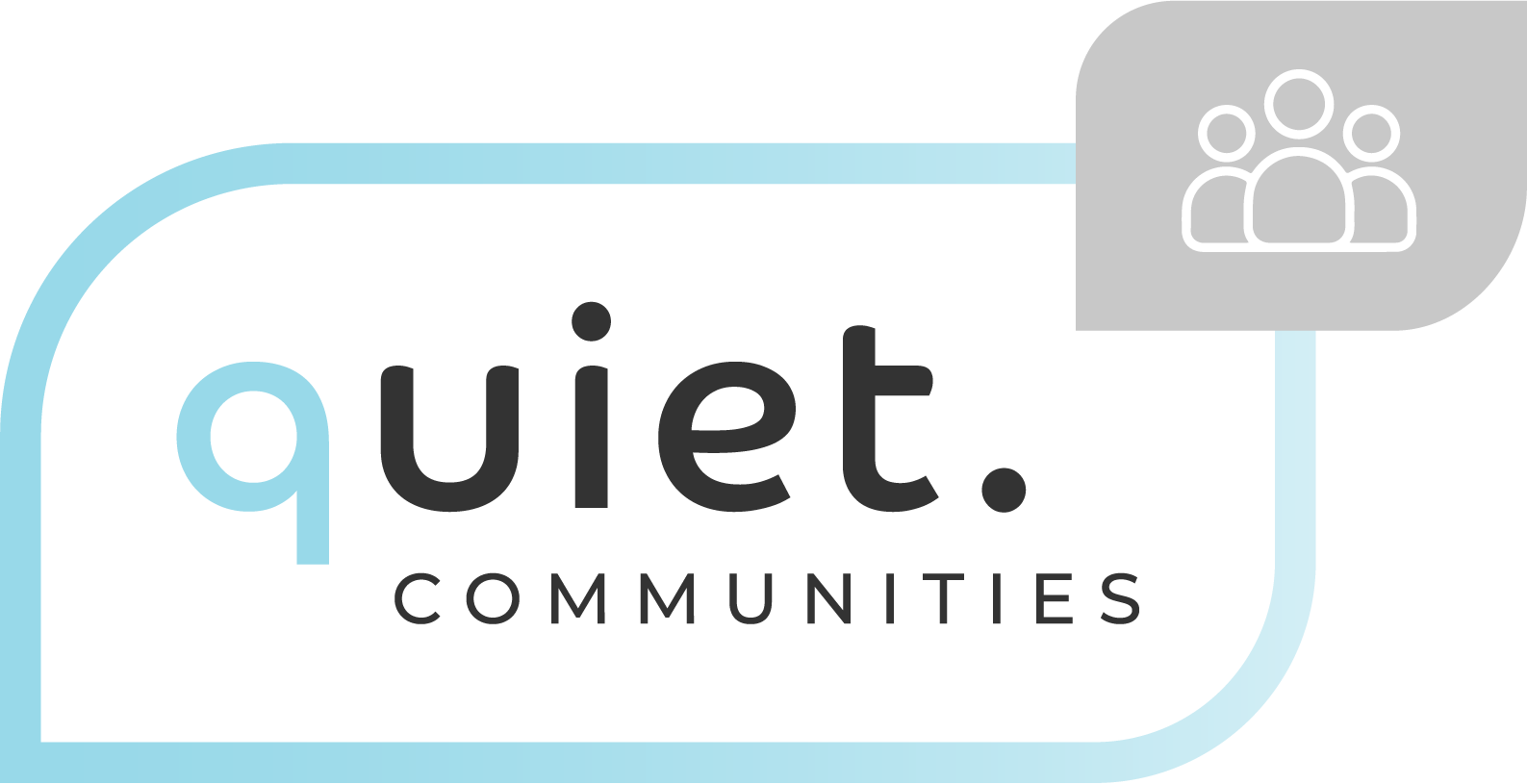Photo credit: Bk Aguilar
by Daniel Fink, MD, Chair, The Quiet Coalition
I’m a big fan of NPR, listening to “Morning Edition” or “All Things Considered” when I’m in the car and those programs are on. I missed this report about March Madness noise for babies, but my brother mentioned it to me so I found it online after it aired. Unfortunately, NPR got it dead wrong about just how safe sounds from the recently-concluded March Madness NCAA basketball tournaments are for babies and toddlers.
Dr. Emily Boss is the director of children’s ear, nose and throat surgery at Johns Hopkins University. NPR asked her when it’s safe to take a child to a sporting event without worrying about noise, and she replied: “We would say probably 2 years old and greater is when you could start taking your children to sporting events and feel more confident about protecting their hearing. It’s really just about not sitting right in the thick of the action. Don’t sit next to the game horn.” Boss also recommended giving children frequent 15-minute breaks from the noise. The article also states that earmuffs, noise-reducing headphones or earplugs are a good idea.
Baby and toddler-sized earmuffs are a good idea. Earplugs pose a choking hazard and are not recommended until school age. Most noise-reducing headphones marketed to parents as protecting children’s hearing actually don’t. They use the industrial-strength 85-decibel NIOSH recommended exposure level. That noise exposure level (actually 85 A-weighted* decibels, or dBA) doesn’t protect workers from noise-induced hearing loss, and is far too loud for children whose ears must last them an entire lifetime.
I am certified in internal medicine and geriatric medicine. At hospital committee meetings or in hallway conversations, my pediatric colleagues reminded me of the clinical truism that, “A child is not a small adult.” The American Academy of Pediatrics recently published a policy statement about children and noise. In it, the Academy notes that children’s ears are uniquely susceptible to noise-induced auditory damage. Research published in the Journal of the American Medical Association 25 years ago found that about 15% of children and teens had hearing loss, most likely caused by noise. The degree of hearing loss found was sufficient to cause learning difficulty in school. And of course, 25 years ago children didn’t start watching videos using headphones as toddlers, birthday parties didn’t include loud music and restaurants were quieter.
My advice for parents and grandparents is don’t take your children to sports events until they are old enough to use hearing protection reliably. The sound levels at sports events can reach 100-120 dBA, a level high enough that NIOSH actually recommends dual hearing protection for workers, meaning both earplugs and earmuff hearing protection. Model good hearing health behaviors by turning down the volume, avoiding loud noise exposure and using hearing protection when operating noisy kitchen appliances or power tools. Read the New York City Department of Environmental Protection’s book “Listen to the Raindrops,” or the Ear Peace Foundation’s new book, “HearO Saves the Day,” to them.
Help your little loved ones enjoy safer listening. Encourage them to work towards a quieter and more peaceful world, one that will be better for them and for all.
*A-weighting adjusts unweighted sound measurements to approximate the frequencies heard in human speech.
